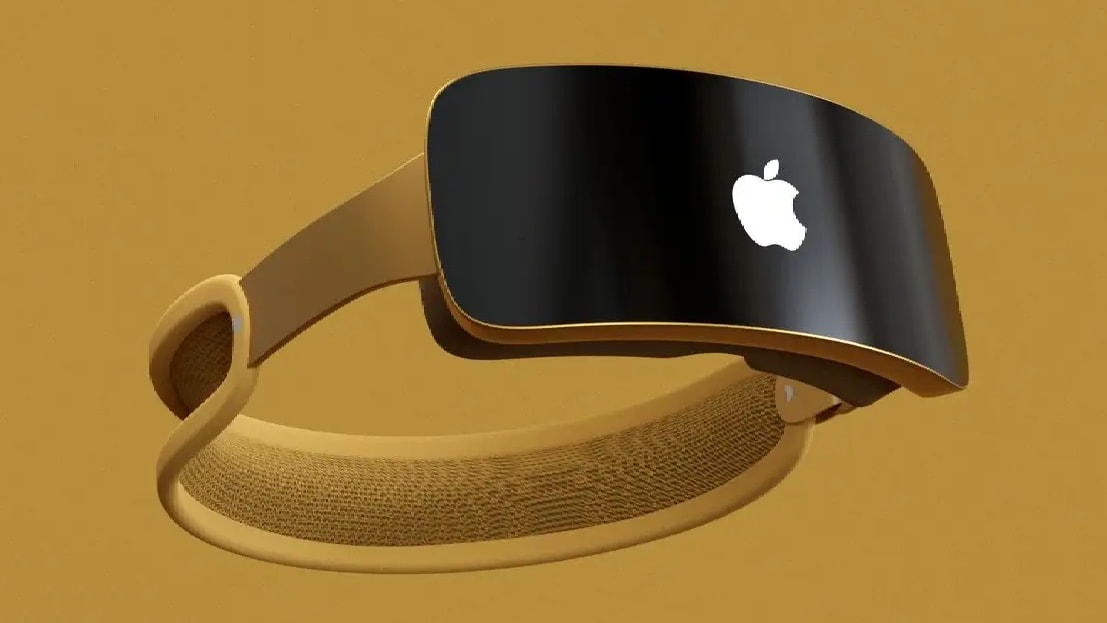The in-air typing mode that Apple is testing for its first AR/VR headset sounds like a sci-fi dream — but at this point, it might be more of a nightmare. The feature reportedly has been “finicky in testing” on Apple’s latest secret prototypes.
For that reason, users might prefer to pair the headset to an iPhone for text input, according to Bloomberg reporter Mark Gurman.
Text input in Apple’s AR/VR headset could be magical — or not
With its long-rumored AR/VR headset, which might be named “Reality Pro,” Apple hopes to unleash a device with hardware and software that surpasses the capabilities of competitors like the Meta Quest Pro and Microsoft’s HoloLens 2. The device reportedly could cost as much as $3,000, making it too expensive to become a mass-market hit.
However, it could point the way toward a computing revolution that capable of supplanting the ubiquitous iPhone. Some predict the headset will lead to lightweight AR glasses and even contact lenses as the technology advances.
To achieve Apple’s lofty goals, the first-gen AR headset reportedly will come loaded with multiple cameras and sensors. Twin screens will produce high-definition visuals. And a dial like the Apple Watch’s Digital Crown will allow wearers to switch seamlessly from virtual to augmented reality. Apple’s latest M2 chip reportedly will power the device, with a waist-mounted battery pack providing up to two hours of use at a time.
In-air typing proves ‘finicky’
The rumored in-air typing feature conjures images of a sophisticated virtual interface as depicted for decades in sci-fi movies. However, the reality sounds less impressive — at least in its current state.
In Sunday’s edition of his Power On newsletter, Gurman says the latest test build of xrOS — the operating system that powers the headset — enables Apple’s first mixed-reality to operate independently from iPhone. So, unlike an Apple Watch, you can set up the headset without pairing it to an iPhone. The headset might connect directly to iCloud to download all your important data.
However, because the air typing isn’t up to snuff, users might prefer pairing the headset to an iPhone so they can use the smartphone’s software keyboard for text input.
Apple seemingly hopes to improve the in-air typing after the headset’s public launch.
When will Apple’s AR/VR headset launch?
After the latest round of delays due to software problems, Apple reportedly plans to unveil its mixed-reality headset at its Worldwide Developers Conference this June. However, the device would not ship until much later in the year. Meanwhile, the company continues working on follow-up models, even as the first-gen headset faces delay after delay.
In addition to Apple’s M2 chip, which already powers the 2022 MacBook Air and 2023 Mac mini, the first-gen Reality Pro headset reportedly will use a secondary chip for AR/VR processing. However, that processor’s graphical performance currently fails to meet Apple’s goals.
The chip will only support realistic VR with two people in a FaceTime call at a time, according to Gurman.
Because of these limitations, Apple’s first AR/VR headset won’t focus on gaming. But for the second-gen Reality Pro, Apple is working on using a more powerful processor for better performance.
Alongside the high-end model, Apple continues to work on a more affordable variant with a cheaper display and slower processor. That version, which could pave the way for more widespread adoption, might launch toward the end of 2024 or in early 2025.


